Symbols of hate: the monuments preventing a pivot to forgiveness
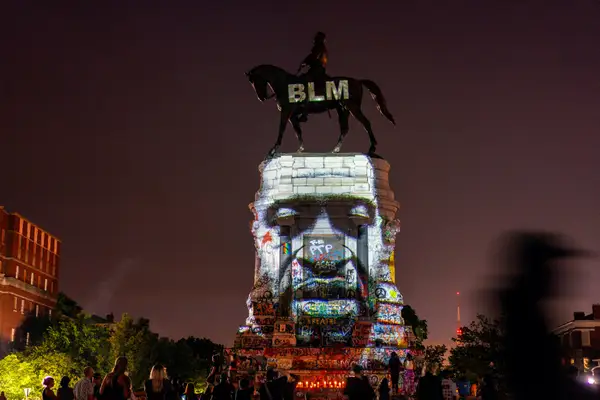
Artist Dustin Klein projects an image of George Floyd onto the statue of Confederate General Robert E. Lee in Richmond, Virginia, U.S. June 18, 2020.
Confederacy monuments may appear to be statues of fallen civil war soldiers, however, they represent deeply rooted, systemic hate and racism. There are over 1,700 of these monuments still standing in the United States today, and these statues are contributing to the prevention of this country’s overall pivot to reflection and forgiveness.
Confederate monuments were allegedly built to honor fallen soldiers from the civil war. However, the war itself was in the 1860s, and huge spikes of monument construction occurred during the early 1900s, and again in the 1950s and 60s. Both were of extreme civil rights tension in the US, with the early 1900s being the initial enactment of Jim Crow laws, and the mid 1900s being the civil rights movement. The timing of these spikes in monument construction are not coincidental.
The statues themselves represent confederate soldiers that fought in favor of slavery and segregation. The timing of their construction was an act against the civil rights movement of the 20th century. Despite these indications of white supremacy, many of the statues still stand as a constant reminder of past, and present, racial injustices of this country.
While reflecting on past mistakes is a good way to seek forgiveness, these statues create an entirely different effect. American lawyer and social justice activist, Bryan Stevenson, highlights the faults behind these statues in a 2017 interview with The Witness.
“We are celebrating the architects and defenders of slavery. I don’t think we understand what that means for our commitment to equality and fairness and justice. I think we have to increase our shame — and I don’t think shame is a bad thing,” Stevenson said.
Stevenson sheds light on an important factor of forgiveness: shame. Places like Berlin, Germany, have taken shame and turned it into a tool for reflection. In Berlin, there are no statues of xenophobic leaders, but there are memorials everywhere, reminding people of the tradgedies of war. For instance, there are momonuments of Hitler in town squares, but instead, the holocaust memorial. In places like this, the tragedies of the past are seen through memorials, allowing for time to reflect, not forget.
Although the US has not completely followed in the footsteps of places like Berlin, we have taken small steps. In 2018, the United State’s first memorial dedicated to the legacy of enslaved black people was built by MASS design group. The National Memorial for Peace and Justice is a place where people can reflect on America’s history of racial inequality. In 2020, George Floyd’s death sparked the removal of multiple confederate statues in the US. Despite this, many confederate statues remain standing.
Passionate about civil rights, and the founder of the Mississippi civil rights experiential education, Leonard Lansburgh dedicates his time to bringing civil rights education to Aspen. Lansburgh provides a unique perspective on what the remaining statues symbolize.
“If blacks and African Americans were recognized in more of a positive way today we wouldn’t feel so bitterly about the statues and all that kind of stuff, because those statues represent a group of people who still feel the negative way, and that’s the problem with it, not the statue itself,” Lansburgh said.
Lansburgh touches on the fact that the statues themselves are not the whole issue, rather the negativity and racism that forged their creation. This nation has been grappling with confronting the guilt of the past, and while the statues remain standing, so does the ethnocentrism of those that still support them. These statues are one thing preventing this nation from letting go of the resentment and anger of the past, and the pivot to forgiveness.
“I don’t like it [the confederate statues]. I don’t think it’s a good reminder. We have to remember the civil war and history in some context, but to publicly display it is probably not right. To acknowledge the past, we should learn from it,” Lansburgh said.

Hannah Smith is a senior at AHS and an Editor-In-Chief of the Skier Scribbler. This is her third year writing for the paper. In her free time, Hannah loves...

























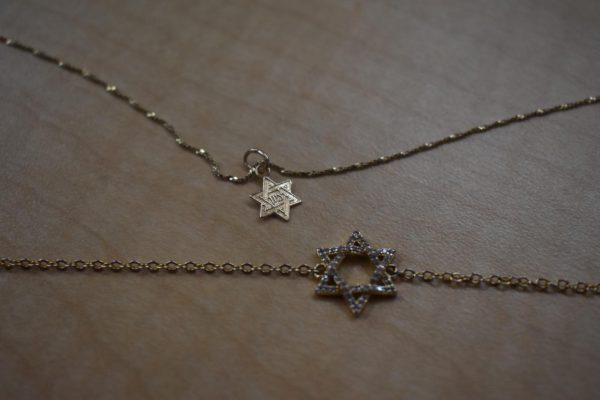
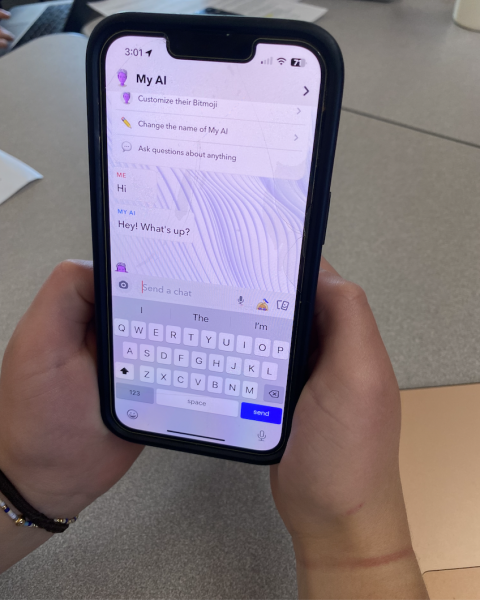
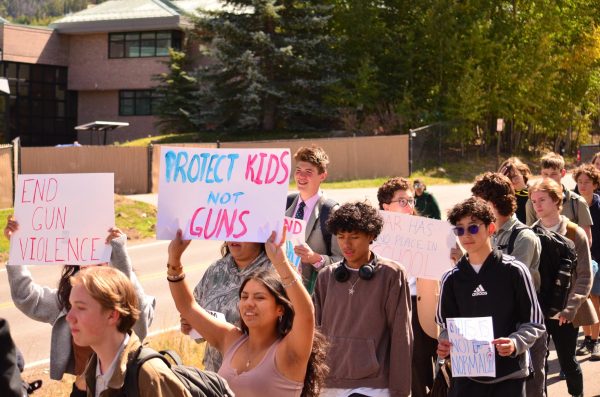




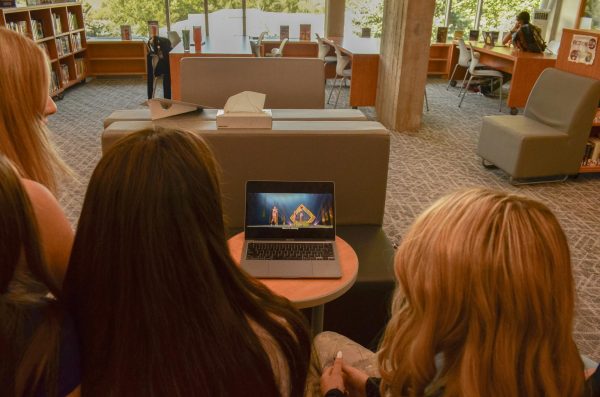

Harold Archie ~ Dec 30, 2020 at 11:45 am
Thank you Hannah Smith for your article. I appreciate your thoughts.
Best regards.